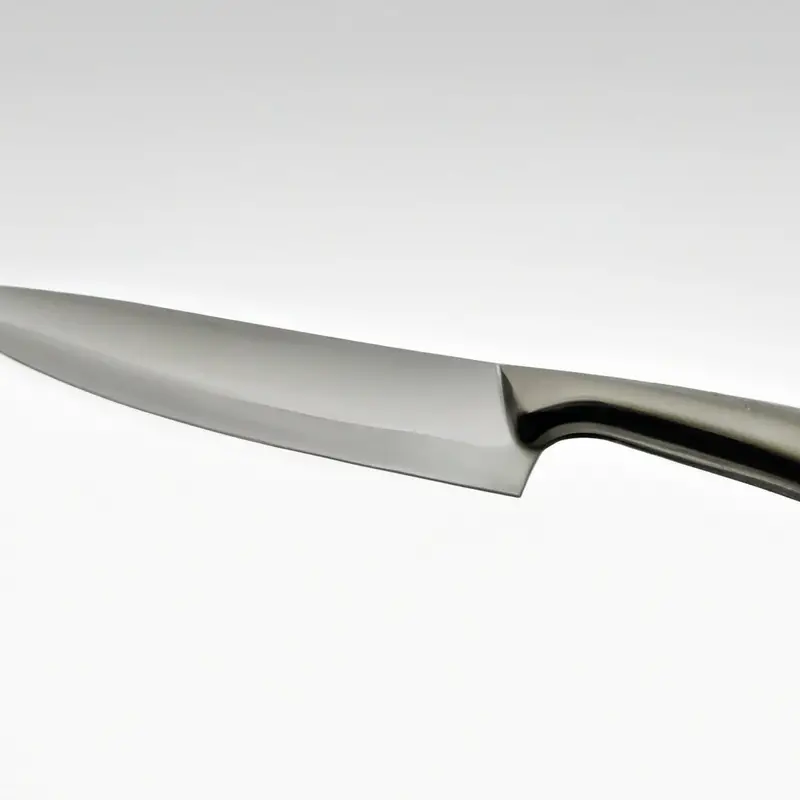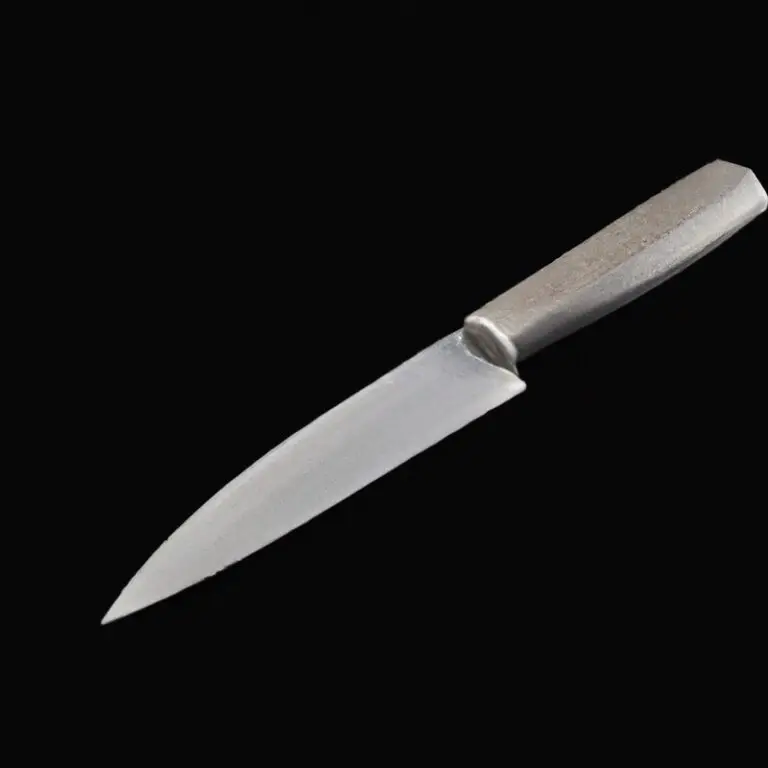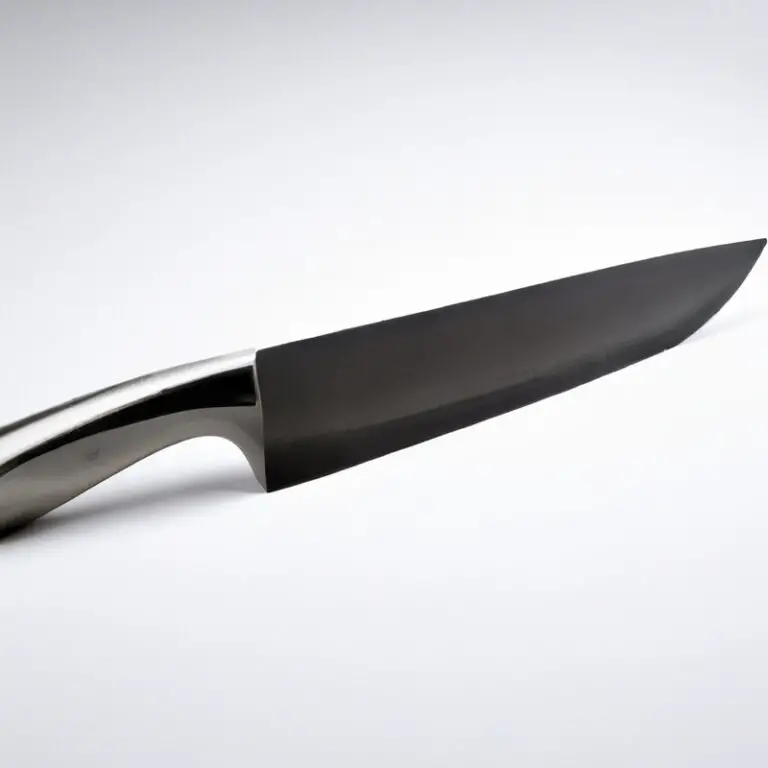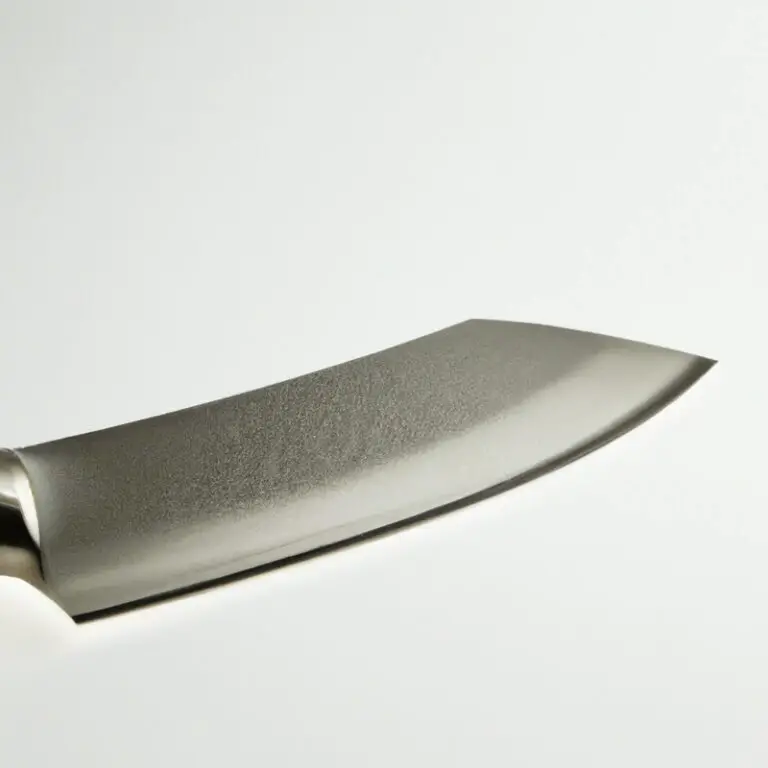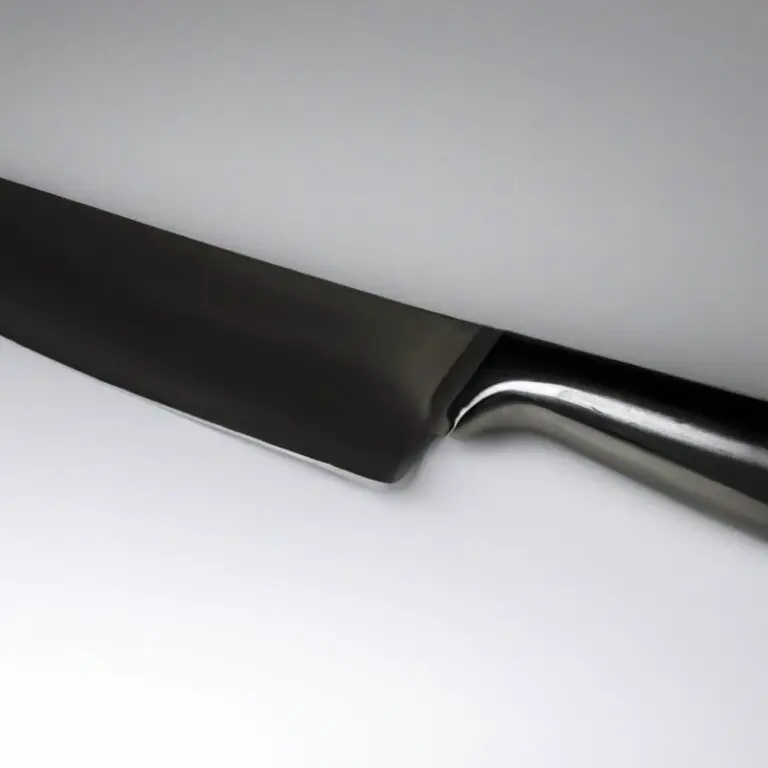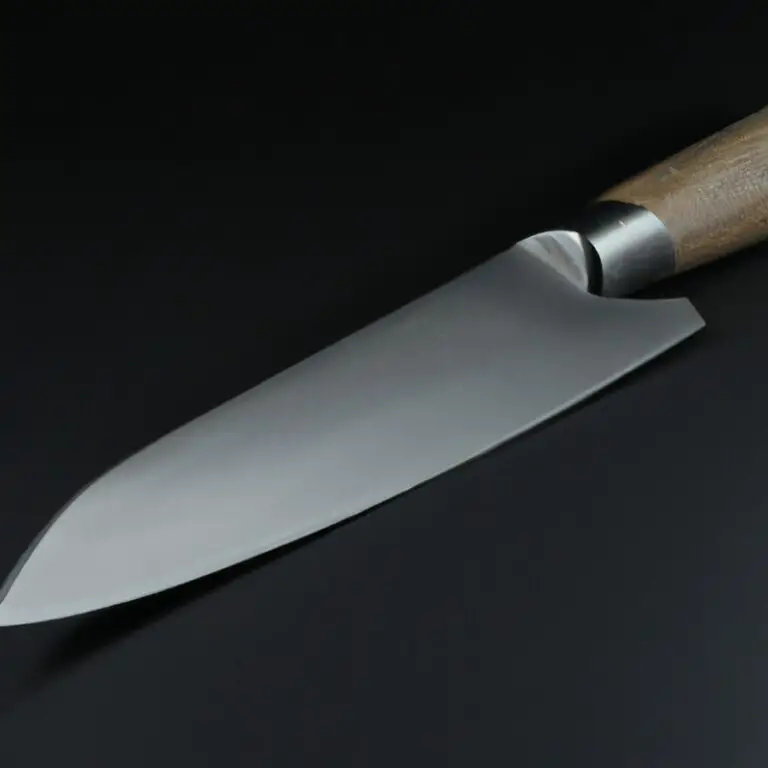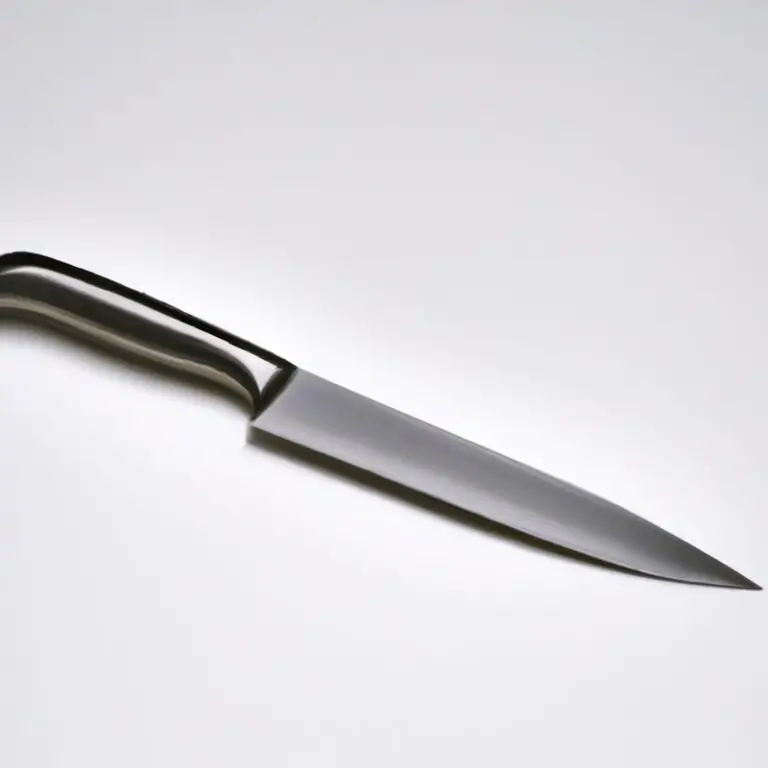How To Choose The Right Size Santoku Knife For Your Hand? – Expert Tips
Key Takeaways:
- Consider the size and shape of your hand to choose the right size Santoku knife.
- Opt for a Santoku knife with a blade length between 5 to 7 inches for most hand sizes.
- Ensure a comfortable grip by trying out different handles and grip styles.
- Invest in a high-quality Santoku knife that suits your hand size and cutting needs for optimal performance.
Do you often find yourself struggling to cut through meat, vegetables, or fruits while using a Santoku knife? It could be because your knife isn’t the right size for your hand! Choosing the perfect size is crucial for maximum control and comfort during meal preparation.
But with an overwhelming number of options, how do you find the right one for you?
In this article, we’ll dive into the anatomy of a Santoku knife, how to measure your hand size, and material considerations to help you choose the perfect Santoku knife size. Say goodbye to hand fatigue and hello to effortless meal prep!
| Knife Size | Recommended Hand Size |
|---|---|
| 5-6 inches | Small to Medium |
| 6-7 inches | Medium to Large |
| 7-8 inches | Large to Extra Large |
Understand the anatomy of a Santoku knife: Types of blade, handle, and overall weight
To choose the right size Santoku knife for your hand, it’s crucial to understand its anatomy. Santoku knives usually have a blade length between 5-8 inches and a total weight of 5-8 ounces.
The blade can be either straight or curved, with a flat tip and a sharp, angled edge.
The handle can be made from different materials such as wood, plastic, or metal, and it should have a comfortable grip for prolonged use. Additionally, consider the overall weight of the knife, as a lighter knife may be easier to maneuver, but a heavier knife might feel sturdier and provide more control.
Ultimately, choosing a Santoku knife with a blade and handle that suits your preferences and needs is essential for a comfortable and efficient cooking experience.
Measuring your hand for the perfect fit: Tips and tricks to determine the size of your hand
To determine the right size of Santoku knife for your hand, you need to measure it correctly. To do so, start by measuring from the tip of your middle finger to the base of your palm.
Then, wrap a measuring tape around the base of your palm to determine its width.
Keep in mind that the size of your hand will impact your ability to handle a Santoku knife properly. It’s essential to choose a knife that feels comfortable in your hand and provides a secure grip.
When selecting a Santoku knife, consider the blade length, handle design, and overall weight.
A well-balanced knife will reduce hand fatigue and improve cutting control. Remember, choosing the right size Santoku knife for your hand is critical to achieving maximum comfort, control, and accuracy while preparing your meals.
Blade length and its relation to hand size: How to select the perfect blade size for maximum control and comfort
Blade length plays a crucial role in selecting the right size Santoku knife for maximum control and comfort. Generally, a blade that measures between 5 and 8 inches in length is ideal for most people.
However, it ultimately depends on the size of your hand.
To measure your hand and determine the appropriate blade length, place your palm flat on a piece of paper and trace around it. Use a ruler to measure the distance from the base of your palm to the tip of your longest finger.
This measurement will give you an idea of the blade length that will offer the best control and comfort for you.
Keep in mind that a blade that is too short can be challenging to use, while a blade that is too long can be unwieldy and unsafe. Experiment with different blade lengths to find the perfect fit for your hand size and comfort level.
Balance and stability: Choosing a Santoku knife that provides adequate balance to prevent slipping or tipping
Choosing a Santoku knife with adequate balance and stability is essential to prevent slipping or tipping while cutting. A well-balanced knife allows for effortless control and precision cuts, reducing the risk of accidents.
When selecting a Santoku knife, look for a blade that is evenly weighted and has a comfortable grip to provide optimal balance.
Additionally, consider the length of the blade and the size of the handle in relation to the overall weight to ensure a balanced knife. It is recommended to test the balance of a knife by holding it at the handle with your fingertip and seeing if the blade stays level.
Make sure to choose a Santoku knife with good stability, preventing the blade from tipping when in use.
With a well-balanced Santoku knife, you can achieve perfect cuts with ease and enjoy a comfortable cooking experience.
Material and design considerations: Finding a Santoku knife that suits your personal preferences in design and material
When considering material and design for your Santoku knife, it is important to find one that suits your personal preferences in terms of both aesthetics and function. Some popular blade materials include high carbon stainless steel, Damascus steel, and ceramic.
Each material offers unique benefits and drawbacks, so it is important to consider factors like maintenance, durability, and sharpness retention before making a decision.
In terms of design, pay attention to elements like the handle material and grip style. Some common handle materials include wood, plastic, and metal, each offering different textures and weights.
Consider grip styles like a traditional Japanese D-shaped handle or a more ergonomic Western-style handle to find the most comfortable option for your needs.
Ultimately, the most important factor in choosing a Santoku knife is to find one that feels balanced and comfortable in your hand. Take the time to try out different materials and designs to find the best fit for your needs and preferences.
Grip types and their effects on hand fatigue: Comparing the different grip types of Santoku knives and how they affect hand comfort and fatigue
The grip of a Santoku knife is an essential factor to consider when choosing a knife that fits your hand. There are various grip types, including a western grip, Japanese grip, hybrid grip, and octagonal grip.
Each grip type provides a unique feel and affects the amount of fatigue you experience when using the knife.
A western grip is the most common and preferred by many chefs due to its familiarity and ease of use. The grip is similar to that of a standard chef’s knife, making it comfortable for people with larger hands.
However, chefs with smaller hands may find the grip exhausting because of the effort required to hold it.
The Japanese grip, also known as a pinch grip, involves holding the knife from the top of the blade with your fingers slightly pinched together. This grip allows for maximum control and is suitable for people with smaller hands or those who prefer precise cuts.
However, holding the knife in this position for prolonged periods can cause wrist fatigue.
A hybrid grip combines both the western and Japanese grip, providing a balance between control and comfort. This grip type is suitable for people with moderate to large hand sizes.
Lastly, the octagonal grip is a traditional Japanese grip and is ideal for those who prefer a unique feel and design.
This grip type works best for those with larger hands as it allows for a firm grip and control over the knife. Grip types play a critical role in determining the comfort and fatigue experienced when using a Santoku knife.
It is important to consider your hand size and the type of cutting techniques you use when choosing a grip type that works best for you.
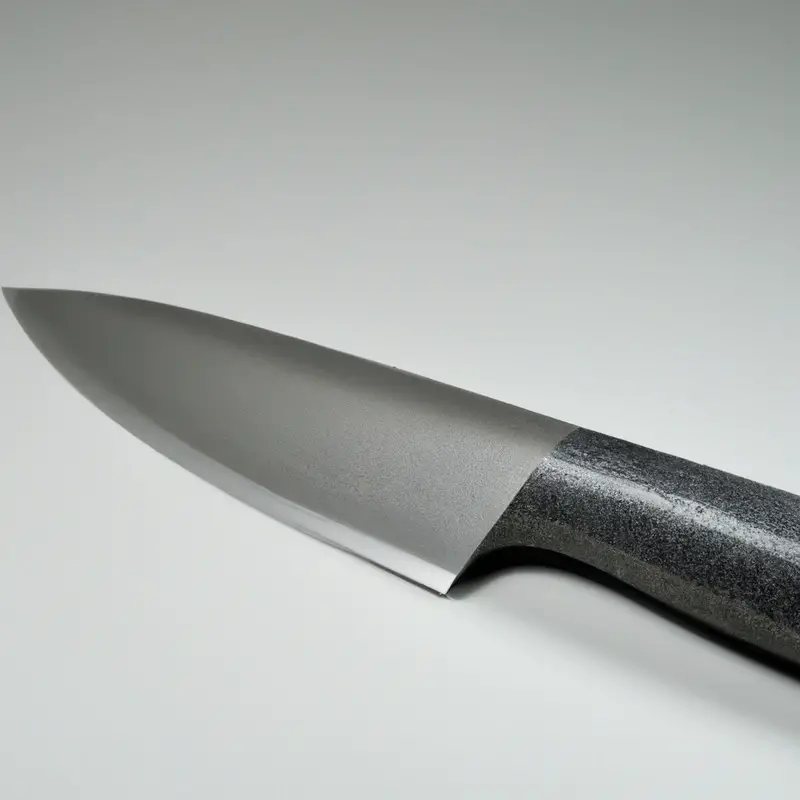
Chef’s choice: Taking the preferences of professional chefs into consideration when selecting the right knife size
Professional chefs are picky about the size of their knives for a reason. They understand that the right size can make a significant difference in control, comfort, and efficiency during a busy day in the kitchen.
When selecting the right size Santoku knife, it’s essential to consider the preferences of professional chefs.
It’s no secret that they prefer blades between 6-8 inches, which provide a perfect balance of blade length and weight for maximum control. Additionally, chefs prefer knives with comfortable handles that prevent slippage or hand fatigue, making it easier to make precise cuts and avoid accidents.
So, if you’re looking for a Santoku knife that will help you work like a pro, choosing the size and design preferences of professional chefs is an excellent place to start.
Age and physical limitations: Choosing the appropriate Santoku knife size to accommodate physical limitations or age-related challenges
As individuals age, physical limitations and age-related challenges may affect their ability to control and maneuver objects, including knives. Choosing the appropriate Santoku knife size can help accommodate such limitations and ensure maximum control and comfort.
A smaller blade length may be more manageable for those with limited hand mobility and strength.
Additionally, selecting a Santoku knife with a lighter weight and adequate balance can help prevent slipping or tipping. It is recommended to opt for a Santoku knife with a comfortable grip type to reduce hand fatigue.
Professional chefs also tend to choose knives with a larger handle for increased grip and control.
Ultimately, it is essential to experiment with different sizes to determine what works best for one’s specific needs and limitations. Regular maintenance and care will also play a critical role in ensuring the longevity and sharpness of the chosen Santoku knife size.
Maintenance and care: Tips and tricks for maintaining the longevity and sharpness of your Santoku knife, regardless of size
To maintain the longevity and sharpness of your Santoku knife, here are some tips and tricks:
- Store your Santoku knife in a knife block or on a magnetic strip to prevent damage and maintain sharpness.
- Use a honing steel to sharpen your blade regularly, keeping it sharp for longer periods.
- Use a proper cutting board to prevent your knife from dulling or chipping.
- Do not use your Santoku knife to chop bones or frozen foods as it can damage the blade.
- Clean your blade immediately after usage to prevent stains and rusting.
- Hand wash your Santoku knife with mild soap and warm water, avoiding dishwasher use.
By following these maintenance and care tips, you can ensure that your Santoku knife will last longer, remain sharper and provide you with quality cuts, regardless of its size.
Experimenting with sizes: How to determine the perfect size of Santoku knife for you through experimentation and experience
Experimenting with different sizes is the best way to determine the perfect Santoku knife size for you. Purchase a few knives with varying blade lengths and handle sizes to test out which feels the most comfortable and provides the most control.
Practice using each knife to chop, slice, and mince different ingredients until you find the one that feels the most natural and effortless in your hand.
Remember that the perfect size may differ for each individual based on hand size, grip preference, and the type of tasks the knife will be used for. Don’t be afraid to take your time and try out different sizes until you find the one that suits you best.
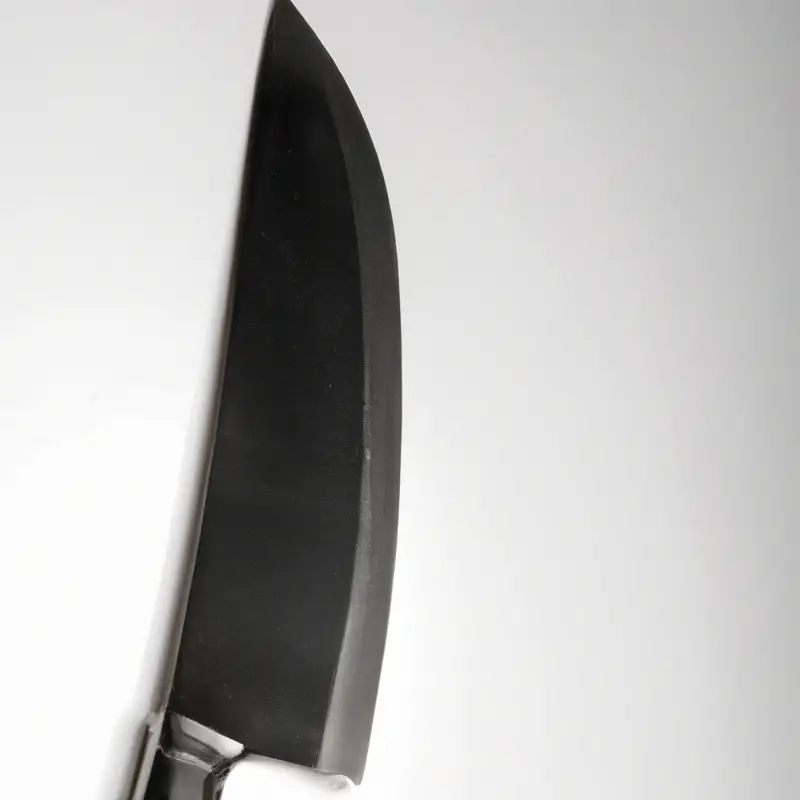
Final Verdict
Choosing the right size Santoku knife is crucial for achieving precision, control, and comfort in the kitchen. By understanding the key factors that influence the selection process, such as hand size, blade length, balance and stability, material and design, grip types, and physical limitations, you can make an informed and confident decision.
Remember to prioritize quality and reliability over price and aesthetics, and to maintain your Santoku knife properly to ensure its longevity and sharpness.
Whether you’re a professional chef or a home cook, investing in the right size Santoku knife can elevate your culinary skills and enhance your overall experience in the kitchen. So, don’t hesitate to experiment with different sizes and styles until you find the perfect fit that suits your needs and preferences.
With these tips and insights, you are now well-equipped to choose the right size Santoku knife for your hand with confidence and expertise.

